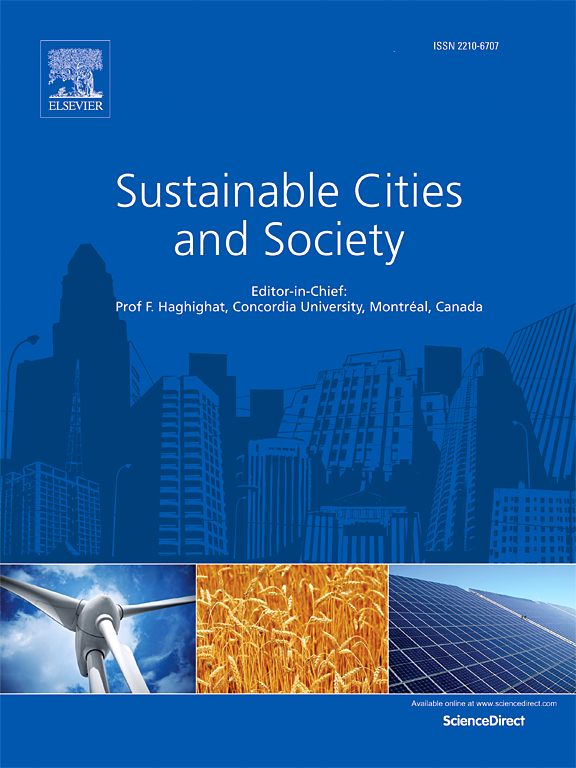A high-performance multi-scale modular-based green design studio platform for building and urban environmental quality and energy simulations
IF 10.5
1区 工程技术
Q1 CONSTRUCTION & BUILDING TECHNOLOGY
引用次数: 0
Abstract
Buildings play a significant role in global energy consumption and carbon emissions, representing 40% of energy use and 36% of CO2 emissions. The indoor environmental quality (IEQ) within these structures is crucial for ensuring occupant health and comfort. However, achieving a healthy and comfortable indoor environment frequently results in increased energy demands. In response to this deficiency, this study builds a modular-based integrated platform called Green Design Studio (GDS) designed for the preliminary phases of multi-scale building design and urban planning. The GDS platform combines Rhino-Grasshopper and Computational Fluid Dynamics (CFD), embedded with various plugins and parallel computing to facilitate rapid assessments and visualizations of IEQ, outdoor air pollution, and energy efficiency. It adopts a modular strategy for analyzing building and urban components across different scales, including site analysis, space planning, occupancy patterns, building enclosures, and service systems. Measurement data derived from complex building scales are employed to calibrate the platform's effectiveness. This calibration is subsequently scaled up to urban extents and integrated with parallel computing to achieve rapid feedback. Such capabilities underscore the efficacy of the GDS platform, marking a significant advancement in high-performance building design tools that effectively combine ease of use with comprehensive and scalable performance analysis.
求助全文
约1分钟内获得全文
求助全文
来源期刊

Sustainable Cities and Society
Social Sciences-Geography, Planning and Development
CiteScore
22.00
自引率
13.70%
发文量
810
审稿时长
27 days
期刊介绍:
Sustainable Cities and Society (SCS) is an international journal that focuses on fundamental and applied research to promote environmentally sustainable and socially resilient cities. The journal welcomes cross-cutting, multi-disciplinary research in various areas, including:
1. Smart cities and resilient environments;
2. Alternative/clean energy sources, energy distribution, distributed energy generation, and energy demand reduction/management;
3. Monitoring and improving air quality in built environment and cities (e.g., healthy built environment and air quality management);
4. Energy efficient, low/zero carbon, and green buildings/communities;
5. Climate change mitigation and adaptation in urban environments;
6. Green infrastructure and BMPs;
7. Environmental Footprint accounting and management;
8. Urban agriculture and forestry;
9. ICT, smart grid and intelligent infrastructure;
10. Urban design/planning, regulations, legislation, certification, economics, and policy;
11. Social aspects, impacts and resiliency of cities;
12. Behavior monitoring, analysis and change within urban communities;
13. Health monitoring and improvement;
14. Nexus issues related to sustainable cities and societies;
15. Smart city governance;
16. Decision Support Systems for trade-off and uncertainty analysis for improved management of cities and society;
17. Big data, machine learning, and artificial intelligence applications and case studies;
18. Critical infrastructure protection, including security, privacy, forensics, and reliability issues of cyber-physical systems.
19. Water footprint reduction and urban water distribution, harvesting, treatment, reuse and management;
20. Waste reduction and recycling;
21. Wastewater collection, treatment and recycling;
22. Smart, clean and healthy transportation systems and infrastructure;
 求助内容:
求助内容: 应助结果提醒方式:
应助结果提醒方式:


